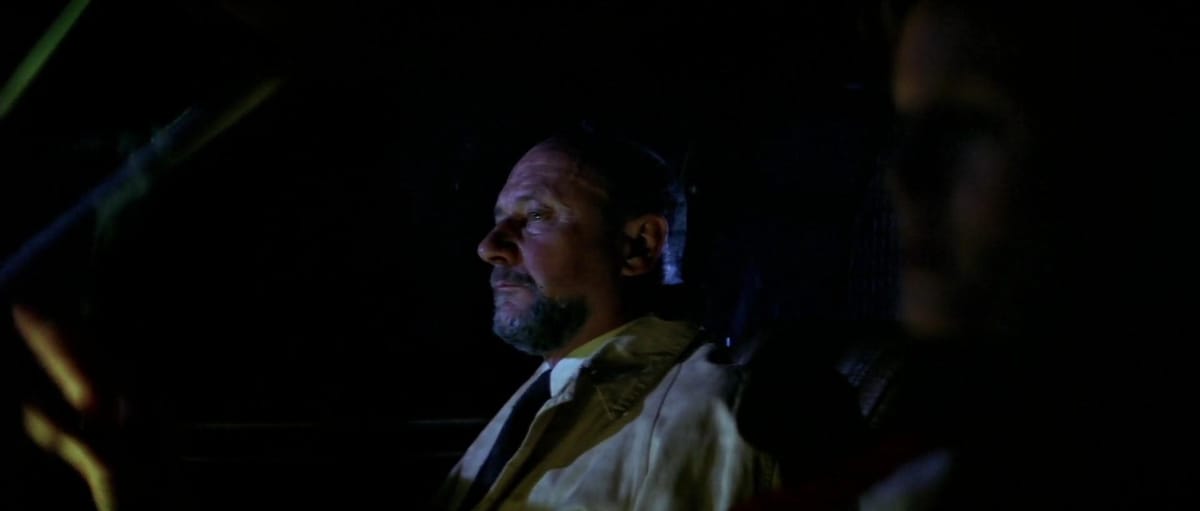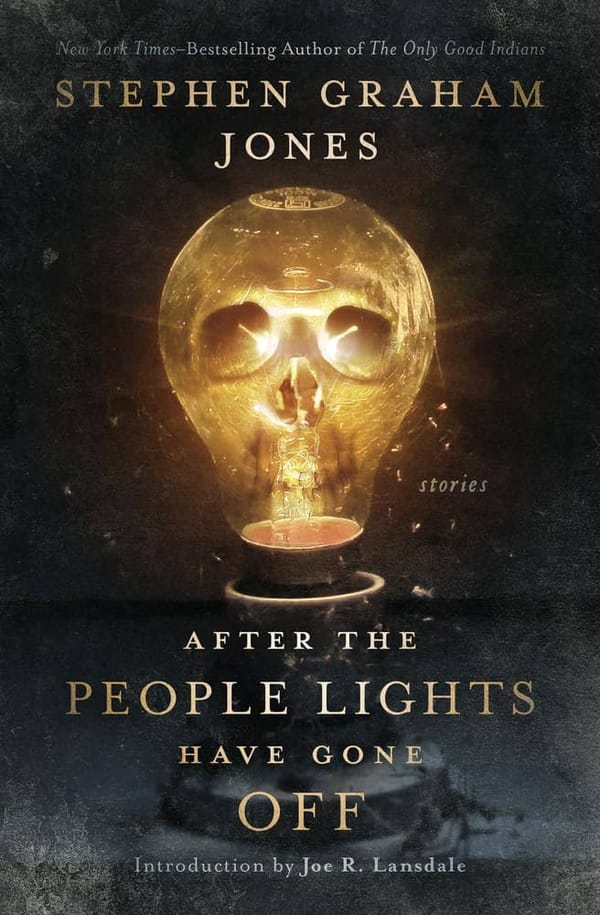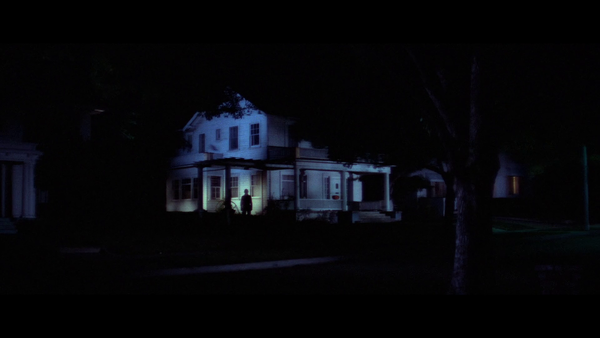Tracing The Shape 3: The Madness of Sam Loomis

Sam Loomis is a mad scientist.
We don't know if he's always been that way, and we get no clues as to what other factors in his life have driven him to this point, but by the time we meet this man, framed as the hero by the very basic tenets of Halloween's narrative, he has lost the plot.
He has, like so many tied to the American healthcare system, especially now in 2025, decided to throw all of his knowledge and compassion out the window and diagnose a 21-year-old man who hasn't been outside in a decade and a half with a simple case of Evil. That alone is absolutely terrifying, but what's more frightening, the longer you watch Halloween, is how long you spend wondering if he's right.
That's the trick of Donald Pleasence in the Sam Loomis role. Despite all his grand proclamations and doomsaying, for all his dramatic fatalism, there is still a shred of humanity in him that cries out, that insists that he's doing the right thing and wants to help. He has ceased to operate as a doctor and begun to operate as a jailer and bounty hunter, but because it's Pleasence, we can't help but believe that some part of him knows what he's doing.
The film's second scene, when Loomis is introduced alongside Nurse Marion Chambers as the pair pull up to the Smith's Grove sanitarium, is already walking that line between madness and good sense. Loomis, visibly nervous and glowering from the passenger seat, repeatedly warns Chambers that she should not "underestimate" Michael, that he's not just another patient being moved to court for a hearing. When she points out that Loomis wants to give Michael so many drugs that he'll barely be conscious, Loomis calmly replies "That's the idea." He is resolute, he is frightened and frightening, and he will not back down. All around him, the night sky over Illinois erupts in a downpour. Lightning crashes. Thunder rolls. It's as though the heavens themselves are trying to call out a warning, to prevent what's about to happen.
As the pair pulls up to the asylum, we get one of the film's most haunting images: Smith's Grove patients, still in white hospital gowns, shuffling around in the dark and the pouring rain, heedless of anything but their brief freedom. Carpenter deliberately frames them as ghosts, pitiful shades in the night, things not to be afraid of but to be afraid for, not just because they clearly need help, but because one of them is up to something else.
When Michael arrives, slipping behind Loomis and leaping atop the station wagon with catlike power, he emerges with such fury, such decisiveness, that it takes a moment for us to pause and think about how this all happened. He knew he had a hearing coming up, because whatever else Michael is, he's not stupid. He also knew that Loomis would do everything in his power, including sedating him to the point that he couldn't understand his rights even if he heard them, to keep him locked up. Loomis is such a furious, determined soul that he probably told Michael that himself, because a mad scientist never misses the chance for a good monologue.
The more you understand the dynamic between the two men, the more you realize that Michael very likely engineered all of this chaos himself. He saw a chance somewhere in that facility and took it. Maybe the other patients getting out was just a bonus bit of chaos, maybe it was an intentional bit of misdirection. But it was Michael. And he knew exactly what to do next.
Oh, and a small note here about the famous rock hidden in the stunt performer's hand for the moment when Michael breaks the car window: I actually like that you can see the rock even though you weren't meant to. I think it lends something to the weight of Michael's intelligence, that he would understand that the best way to get the job done quickly was to use a tool. But I digress...
When Michael speeds away, Loomis has the human decency to at least ask Nurse Chambers if she's all right, though he doesn't help her up or attempt to do anything particularly medical in the moment. He's not even all that concerned about the other patients. He's more concerned with a dramatic shout into the storm: "He's gone, the bloody evil is gone from here!"
It's one of many, many overwrought phrases in Loomis' vocabulary as they're deployed over the course of the film. Yes, Loomis has the least believable dialogue of anyone in this movie, but that's because he is in a different movie from everyone else, at least until the very, very end. Loomis' movie is about a mad scientist racing to contain the monster he's in charge of controlling, while everyone else is just trying to fend off a maniac with a knife. For Laurie Strode, Leigh Brackett, and everyone else in Haddonfield, it's about life or death.
Loomis, despite the twinkle in Donald Pleasence's eyes and a certain mischievous demeanor that'll pop up briefly later, has moved beyond life and death. He no longer thinks in terms of killers and victims. For him this is now a story of gods and monsters, a cosmic-scale mystery he can't solve, so he must destroy.
Which is why I don't think Loomis has come to his conclusions about Michael in a sane, measured way, no matter how straightforward his explanation might seem. I think his madness, his overwrought worldview, comes from a darker place.
I think he knows that, in some awful way, he had a hand in creating the Michael Myers who drove away from Smith's Grove that night. And as we'll soon see, I think he also knows that because of that, he is damned.
Up Next: Laurie Strode's morning walk!


